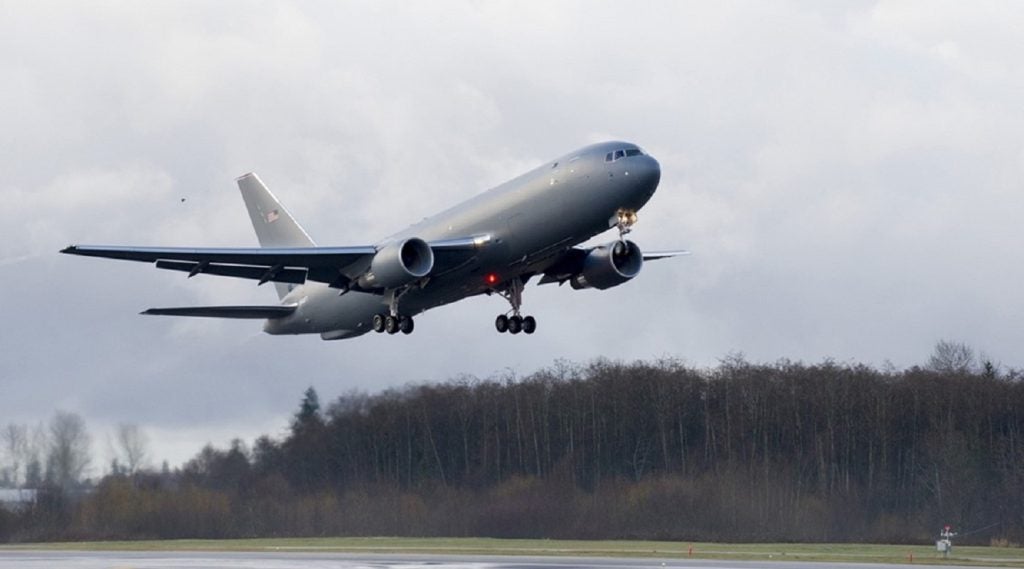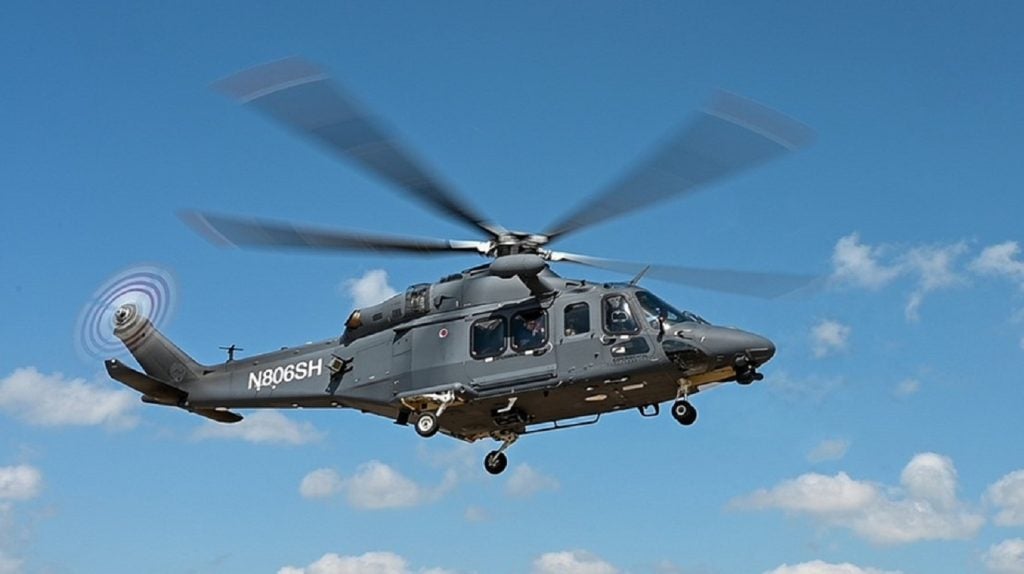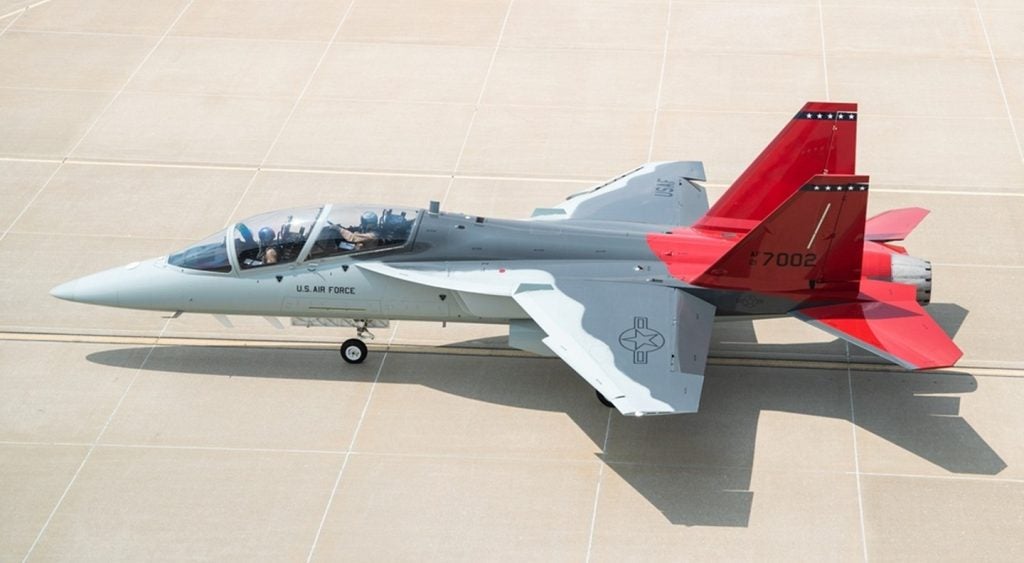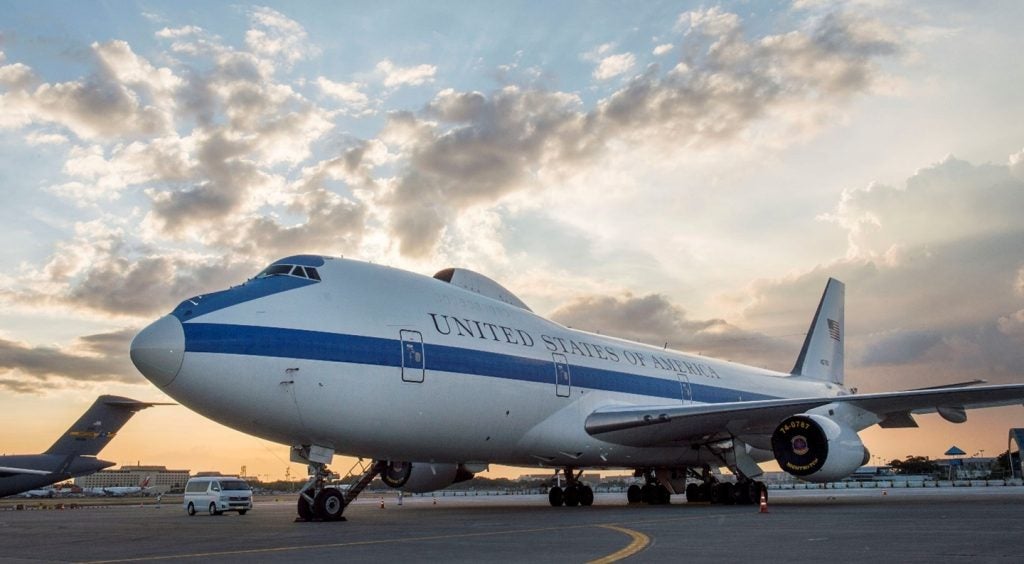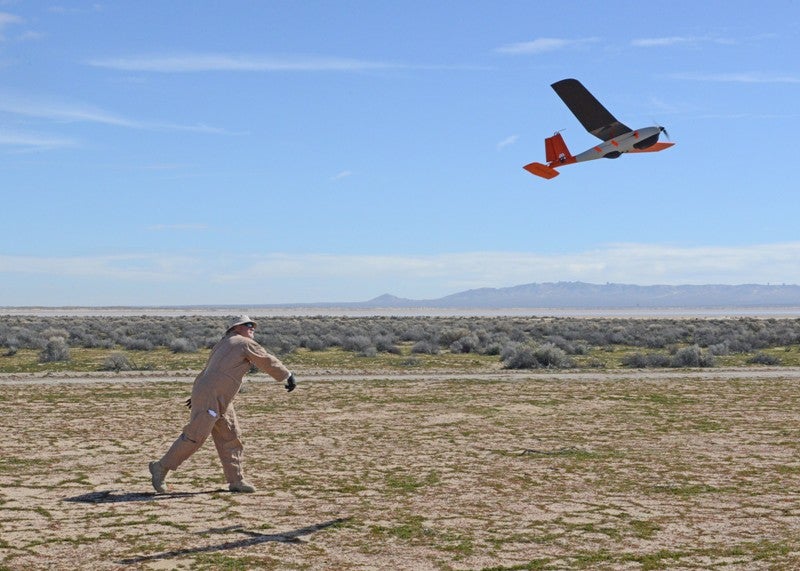
The US Air Force (USAF) 412th Test Wing’s Emerging Technologies (ET) Combined Test Force (CTF) has undertaken its first autonomy flight test.
The test involved the use of an autonomous algorithm to command the aircraft without direct human intervention.
During the three-day flight test, the team collected data on the Testing of Autonomy in Complex Environments (TACE) system, which is test middleware developed by Johns Hopkins University.
412th Test Wing ET CTF Autonomy lead captain Riley Livermore stated that the system sits between an autonomy / artificial intelligence computer and an aircraft’s autopilot.
The TACE system is designed to monitor the commands being sent from the autonomy to the autopilot and then transmit the aircraft state information such as position, speed and orientation back to the autonomy.
Livermore said: “Today, we had an autonomous algorithm commanding the aircraft without any direct human involvement; we call it human on the loop, as opposed to most remotely piloted aircraft that are human in the loop.”
How well do you really know your competitors?
Access the most comprehensive Company Profiles on the market, powered by GlobalData. Save hours of research. Gain competitive edge.

Thank you!
Your download email will arrive shortly
Not ready to buy yet? Download a free sample
We are confident about the unique quality of our Company Profiles. However, we want you to make the most beneficial decision for your business, so we offer a free sample that you can download by submitting the below form
By GlobalDataAs part of the autonomy flight test, a Swift Radio Planes-developed Lynx small unmanned aircraft system (sUAS) was hand launched in the north part of Edwards Air Force Base, California.
The TACE payload can be used on different aircraft sizes for testing, according to Riley.
TACE performs two primary functions, ‘autonomy watchdog’ and ‘live-virtual-constructive’.
The second function enables interaction between simulated entities and live aircraft.
Livermore added: “If a safety-of-flight parameter is violated during an autonomously commanded manoeuvre, aka proximity to other test aircraft, flying out of an airspace boundary, or losing communications with the ground unit, then TACE will stop the commands from the autonomy and force it to remediate and loiter at a pre-determined safety location.”
“TACE controls what the autonomy computer sees and therefore can manipulate that information to allow for simulated entities to influence its decision making.
“For example, using TACE, a single live aircraft can fly in formation with a virtual wingman, with simulated sensors, flying in a simulated GPS-denied environment. The beautiful thing about TACE and LVC is that it can stress the autonomous algorithms without jeopardising the safety of flight.”
The flight test showcased the ability of TACE system onboard the Lynx sUAS to turn the aircraft around to its safety area when approaching a virtual border.
Additionally, the test proved the system’s capability to track a simulated vehicle on the ground without human commands.
Another autonomous flight test is set to take place in the coming weeks. Once the ET CTF completes the TACE flight testing, it will be able to declare autonomy test initial operational capability.



